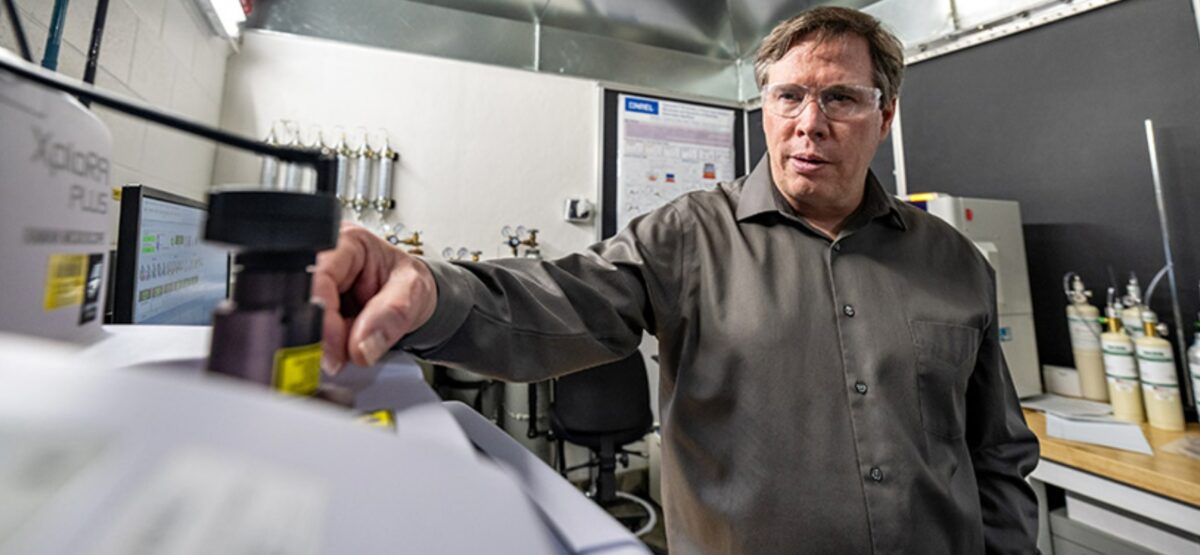From blowing up batteries to designing possible models for hybrid and EV components, National Renewable Energy Lab (NREL) distinguished researcher, Matt Keyser, and his team have spent decades studying how to scale clean energy safely.
Most recently, NREL researchers have been looking at different recycling methods for EV batteries, particularly those made from lithium-ion (li-ion). Commonly used because of their performance energy density cost and life cycle, li-ion batteries are the go-to option for EVs and make up more than 90% of the domestic battery energy storage market.
However, China’s dominance over the world’s li-ion supply chain and human rights violations from Cobalt mining in the Democratic Republic of Congo, means the government and manufacturers are looking for ways to scale a circular EV battery and infrastructure economy at home.
So Keyser and his team are researching methods to reuse some or all degraded materials in a Li-ion battery. Particularly cathode, which he suggests is the most valuable metal. “The cathode materials are heated for 8 to 12 hours at temperatures exceeding 1,472 F to get the proper crystalline structure and particle size for a Li-ion battery to work,” he said.
This exploration decreases dependence on critical cathode metals like cobalt. It also allows researchers to experiment with different compositions of various materials throughout the re-engineering process — an essential component of adapting to – or steering – evolving consumer EV-battery markets.
“What’s used in today’s batteries isn’t the same as even five years ago—and will change a year from now as the technology matures,” Keyser said.
He hopes manufacturers can recycle every part of a li-ion battery. NREL researchers are currently looking at how to reuse materials like hydrophilic and coated graphite that hold metals together and help generate electricity.
Keyser also supports starting a potential battery hub with national laboratories. He is interested in how multivalent chemistries using noncritical materials can help decrease reliance on traditional li-ion battery metals. This is one possible way to better accommodate EV and battery storage needs.
This content is protected by copyright and may not be reused. If you want to cooperate with us and would like to reuse some of our content, please contact: editors@pv-magazine.com.








By submitting this form you agree to pv magazine using your data for the purposes of publishing your comment.
Your personal data will only be disclosed or otherwise transmitted to third parties for the purposes of spam filtering or if this is necessary for technical maintenance of the website. Any other transfer to third parties will not take place unless this is justified on the basis of applicable data protection regulations or if pv magazine is legally obliged to do so.
You may revoke this consent at any time with effect for the future, in which case your personal data will be deleted immediately. Otherwise, your data will be deleted if pv magazine has processed your request or the purpose of data storage is fulfilled.
Further information on data privacy can be found in our Data Protection Policy.